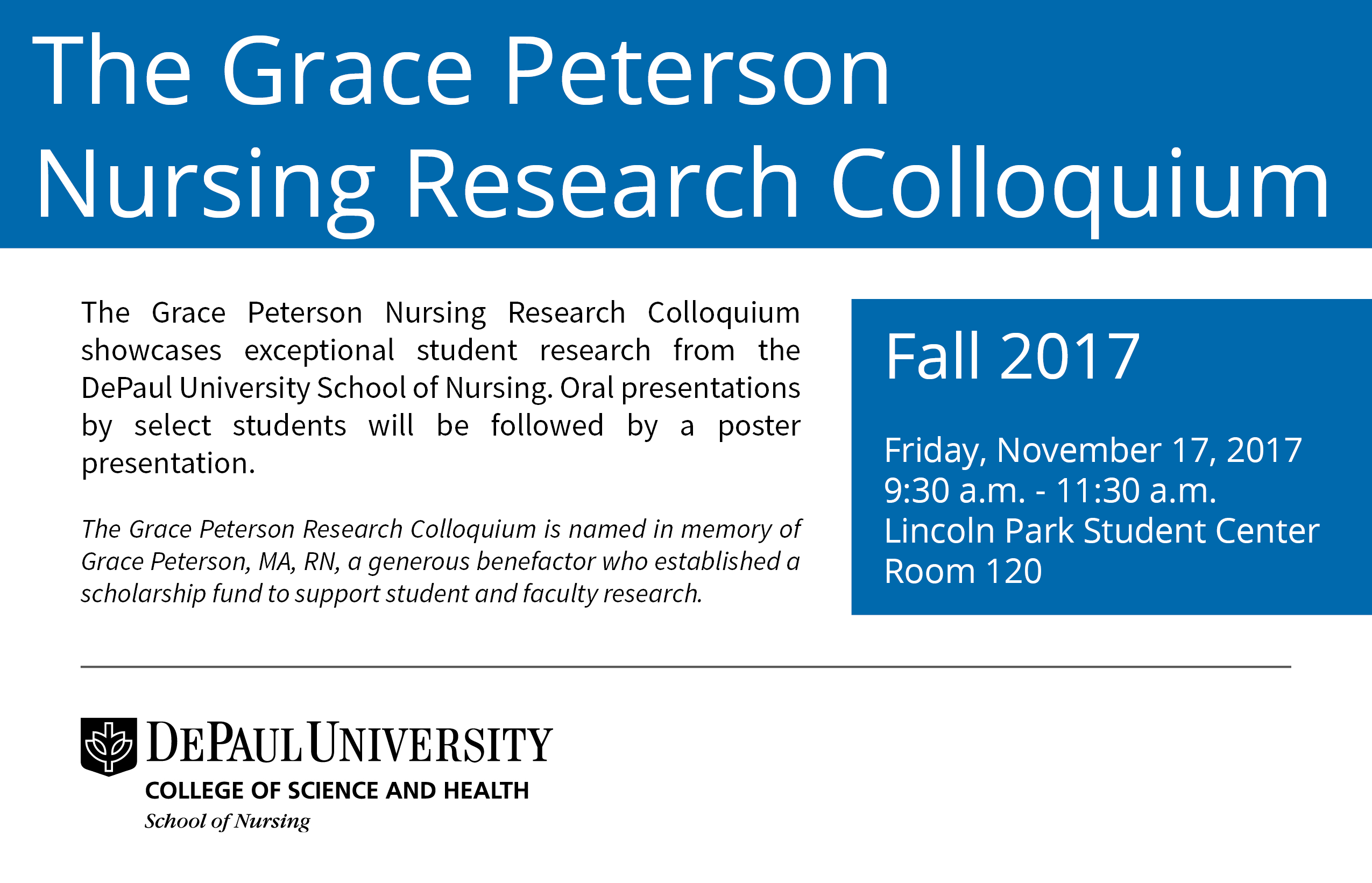Title of Research
Start Date
17-11-2017 10:00 AM
End Date
17-11-2017 11:30 AM
Abstract
The Sexual Orientation Disclosure Experience of LGBT-Identifying Adolescents and Its Impact on Health Outcomes: An Integrative Review of the Literature
Jeremy Vivit
Dr. Barbara Harris, PhD., R.N., Dr. Kim Amer, PhD., R.N.
Background: Health, both physical and psychological, can be affected by the stressors of identifying as GLBTQ and coming out. It is important that healthcare providers, especially those working in the psychiatric setting, to not overlook an individual’s disclosure experience when treating an LGBT-identifying patient because this event may have significant weight on an individual’s psychiatric diagnosis and presentation.
Objectives: The purpose of this literature review is to examine quantitative studies that identify how reactions toward disclosure of sexual orientation by LGBT adolescents affect their health status and maintenance.
Methods: A computerized search of the following databases was used in order to compile the necessary material to successfully conduct this literature review: PsycINFO, ProQuest Nursing and Allied Health Database, and the Cumulative Index to Nursing and Health Literature (CINAHL). The following terms were used in an assortment of combinations to search through the databases: sexual orientation, lesbian, gay, bisexual, transgender, disclosure, adolescents, health, coming out, mental health, physical health, family, and healthcare. Articles were filtered through inclusion and exclusion criteria as mentioned in this paper.
Results: Three major themes were found within this literature review to identify the multidimensional impact of the “coming out” experience: (1) stress, psychopathology, and suicide, (2) substance abuse, and (3) social support and growth. There was significant overlap of these three themes among all ten articles reviewed. All ten articles discussed stress, psychopathology, and suicide. Five of the ten articles discussed substance abuse. Four of the ten articles discussed the importance of social support and the potential for personal growth.
Conclusion: The findings suggest parental reaction is the most crucial factor that shapes an LGBT adolescent’s disclosure experience. Parents are these adolescents’ first exposure to judgment of what is acceptable and what is not; this makes them the primary determinants of what may cause the adolescents’ internalized homophobia as described by many of the research presented. This internalized homophobia alone has the potential to initiate the stress model cascade if not intervened by the appropriate support that these vulnerable individuals need to ensure normal functioning and a healthy lifestyle. More research needs to be conducted on how we can better accommodate transgender individuals, as they currently face societal attacks led by lack of understanding.
Included in
The Sexual Orientation Disclosure Experience of LGBT-Identifying Adolescents and Its Impact on Health Outcomes: An Integrative Review of the Literature
The Sexual Orientation Disclosure Experience of LGBT-Identifying Adolescents and Its Impact on Health Outcomes: An Integrative Review of the Literature
Jeremy Vivit
Dr. Barbara Harris, PhD., R.N., Dr. Kim Amer, PhD., R.N.
Background: Health, both physical and psychological, can be affected by the stressors of identifying as GLBTQ and coming out. It is important that healthcare providers, especially those working in the psychiatric setting, to not overlook an individual’s disclosure experience when treating an LGBT-identifying patient because this event may have significant weight on an individual’s psychiatric diagnosis and presentation.
Objectives: The purpose of this literature review is to examine quantitative studies that identify how reactions toward disclosure of sexual orientation by LGBT adolescents affect their health status and maintenance.
Methods: A computerized search of the following databases was used in order to compile the necessary material to successfully conduct this literature review: PsycINFO, ProQuest Nursing and Allied Health Database, and the Cumulative Index to Nursing and Health Literature (CINAHL). The following terms were used in an assortment of combinations to search through the databases: sexual orientation, lesbian, gay, bisexual, transgender, disclosure, adolescents, health, coming out, mental health, physical health, family, and healthcare. Articles were filtered through inclusion and exclusion criteria as mentioned in this paper.
Results: Three major themes were found within this literature review to identify the multidimensional impact of the “coming out” experience: (1) stress, psychopathology, and suicide, (2) substance abuse, and (3) social support and growth. There was significant overlap of these three themes among all ten articles reviewed. All ten articles discussed stress, psychopathology, and suicide. Five of the ten articles discussed substance abuse. Four of the ten articles discussed the importance of social support and the potential for personal growth.
Conclusion: The findings suggest parental reaction is the most crucial factor that shapes an LGBT adolescent’s disclosure experience. Parents are these adolescents’ first exposure to judgment of what is acceptable and what is not; this makes them the primary determinants of what may cause the adolescents’ internalized homophobia as described by many of the research presented. This internalized homophobia alone has the potential to initiate the stress model cascade if not intervened by the appropriate support that these vulnerable individuals need to ensure normal functioning and a healthy lifestyle. More research needs to be conducted on how we can better accommodate transgender individuals, as they currently face societal attacks led by lack of understanding.


